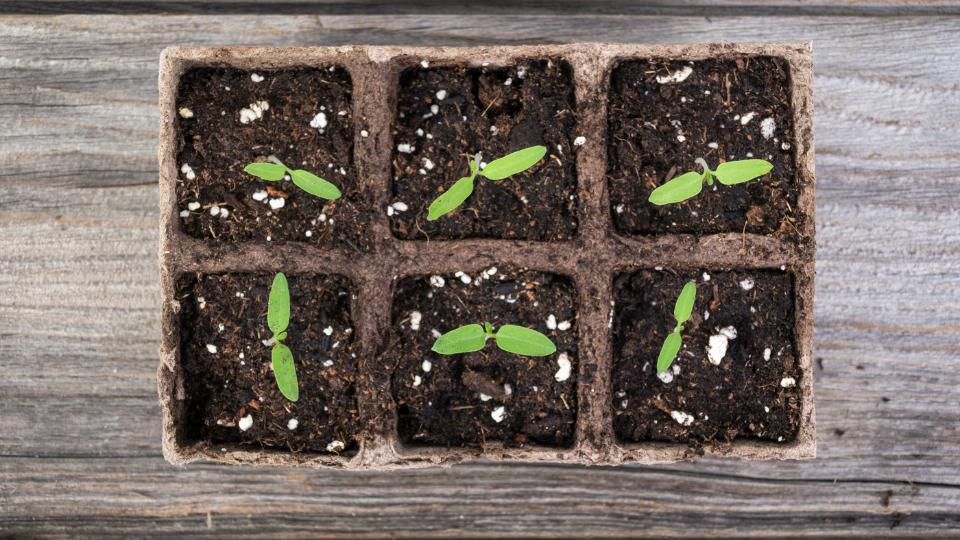Winter Garden Planning Tips

If the spike in gardening interest the last few years is any indication of what 2023 will be like, now is the perfect time to start planning! Consider these tips and links from the Utah State University Extension Gardeners Almanac.
- Peruse garden/seed catalogues to help determine new vegetable varieties to try in the garden.
- Plan out and design the vegetable garden. Try to implement crop rotation of vegetable families to reduce disease buildup.
- Consider growing herbs and/or microgreens indoors to add fresh greens to your diet.
- Use deicing compounds sparingly to avoid salt damage to landscape plants.
- If storing bulbs, check their condition to ensure they are firm. Remove any that are soft or rotten.
- Perform routine maintenance on lawn mowers and other small engine garden equipment.
- Sign up to become a member of the USU Botanical Gardens and receive discounts on classes and workshops along with other special benefits.
- Look for specific gardening information at garden.usu.edu. Here you will find information on fruit, vegetable, and herb growing guides as well as tips on soil, lawn, yard, tree, shrub, and flower care. Also included are monthly tips, the basics of gardening, information on drought, events, classes, and more.

